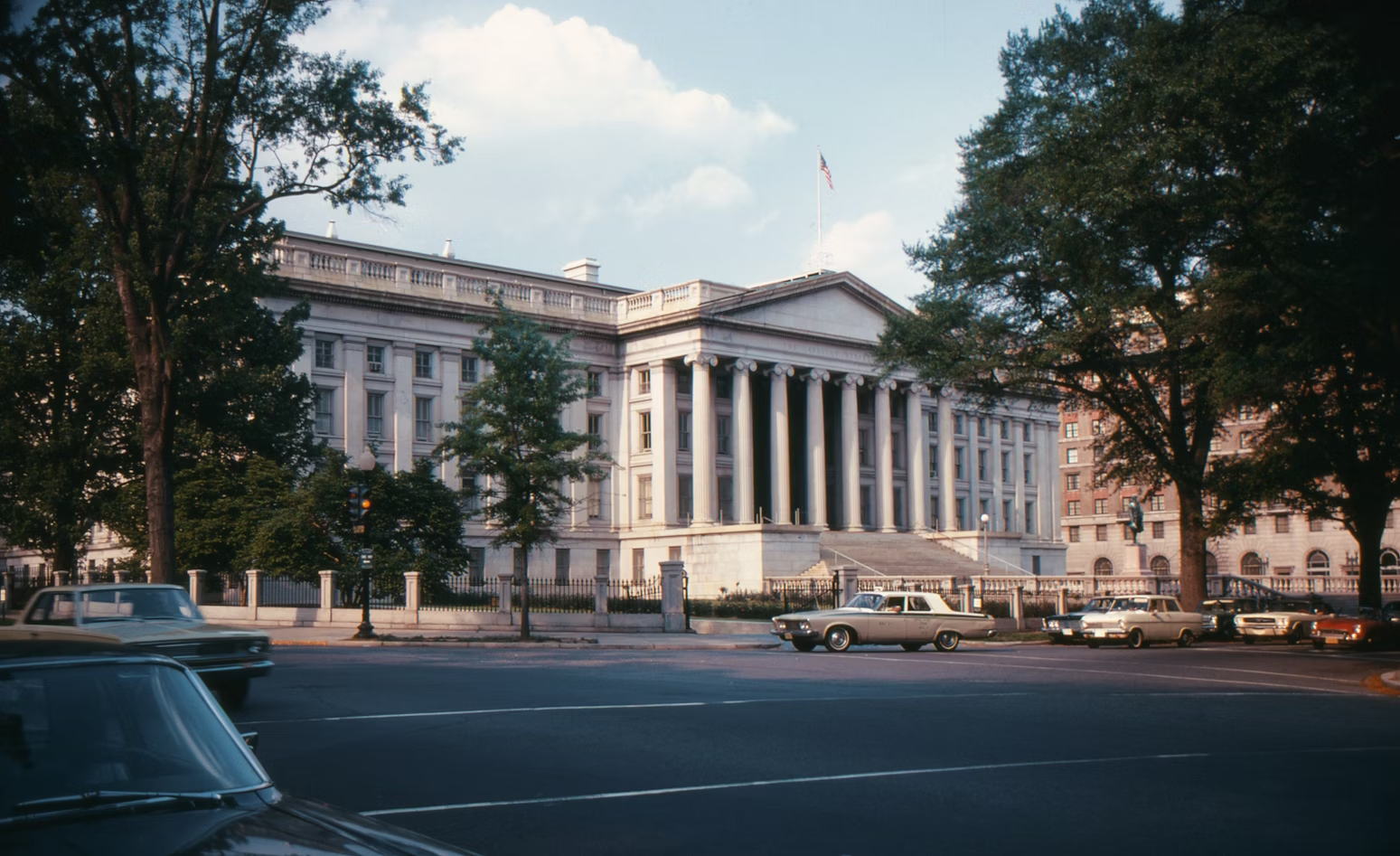The Treasury is maintaining its previously announced increment in long-term bond issuances for February through April. It doesn't currently anticipate needing further hikes over the next few quarters based on projected borrowing needs, providing some relief to bond markets that paint a bleak picture historically. However, the amounts issued will still be record highs. Meanwhile, the Fed's potential balance sheet adjustment could ease pressure on the Treasury's borrowing needs going forward. Overall, the exact timing of initial 2024 rate cuts seem less prioritized for longer-term investors than the expected 200-bp extent of easing over the full cycle.
EQUITY
Wall Street rebounded from the Fed-induced selloff as tech giants led and investors digested earnings reports. The Dow surged 1% to a record high, driven by dip-buying in Amazon, Apple, and Meta after strong earnings. Merck stood out with its Keytruda sales, pushing its share price up 4%. Jobless claims reported a slight rise ahead of Friday's crucial jobs report, reducing the March rate cut probability to 38.5%.
GOLD
Gold defied Fed Chair Jerome Powell's downplaying of an immediate rate cut, climbing towards a 2% weekly gain, though the bond market paints a bleak picture. Lower yields, in lieu of concern in the US regional banking sector, are setting the stage for its strongest performance since early December. All eyes now turn to the crucial US non-farm payroll data.
OIL
Crude oil prices ticked upwards after OPEC+ maintained production cuts on Friday, although unsubstantiated ceasefire reports in the Middle East and continued Russian oil exports, pushing benchmarks towards weekly losses. Despite geopolitical tensions simmering, analysts predict tight supply in Q1 due to OPEC+ cuts and normalised non-OPEC production, potentially supporting higher prices in the coming months.
CURRENCY
Despite hawkish rhetoric, the dollar dipped against the euro and yen as investors remained convinced of imminent rate cuts. This divergence from the Fed's stance is echoed by the Bank of England's wait-and-see approach, while the Riksbank hints at potential earlier cuts if inflation reports lower. Meanwhile, robust US economic data and continued regional bank fears add further complexity to the reliability of US banking system, even in the presence of BTFP.














